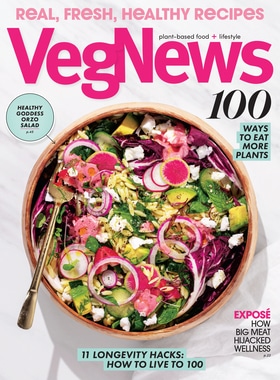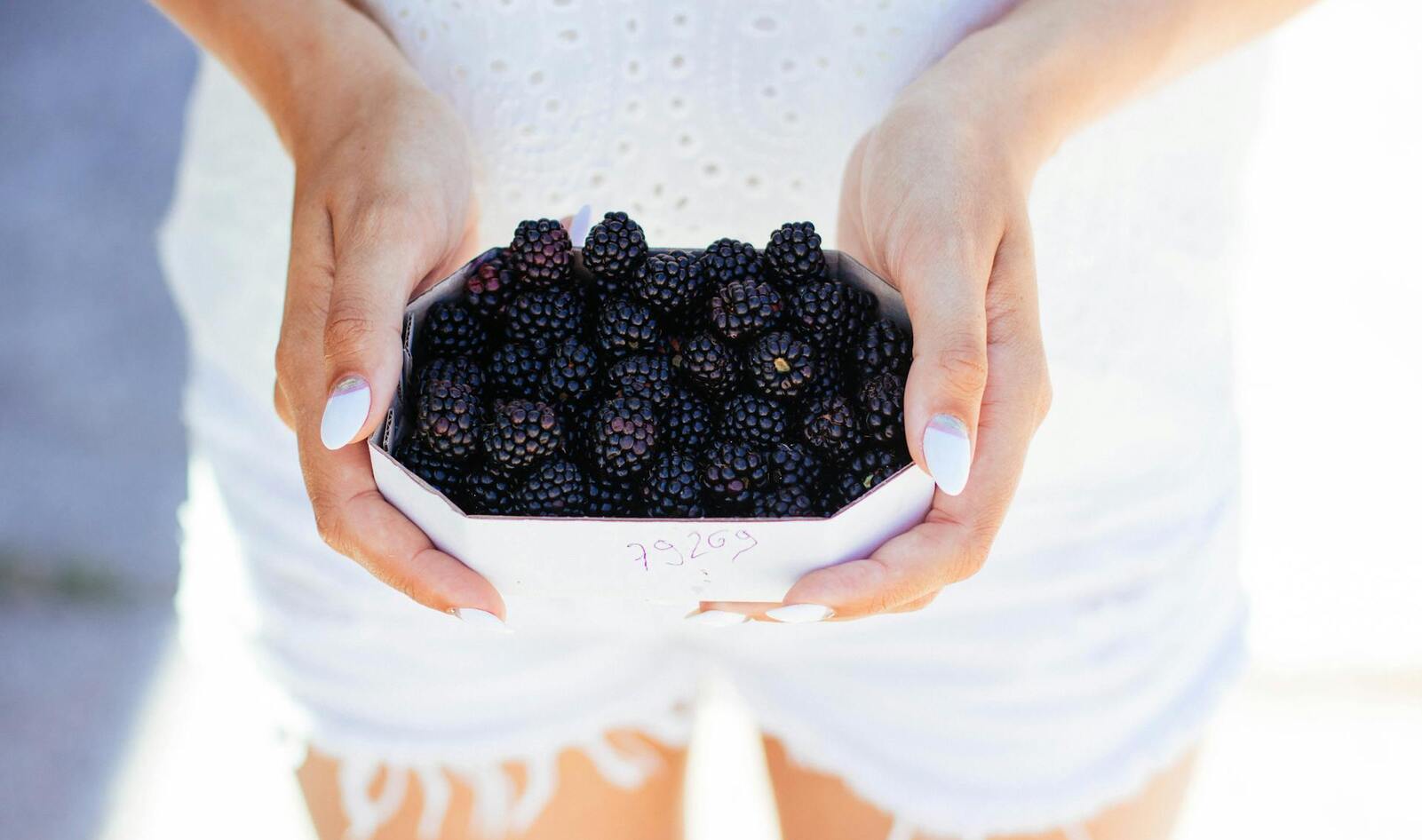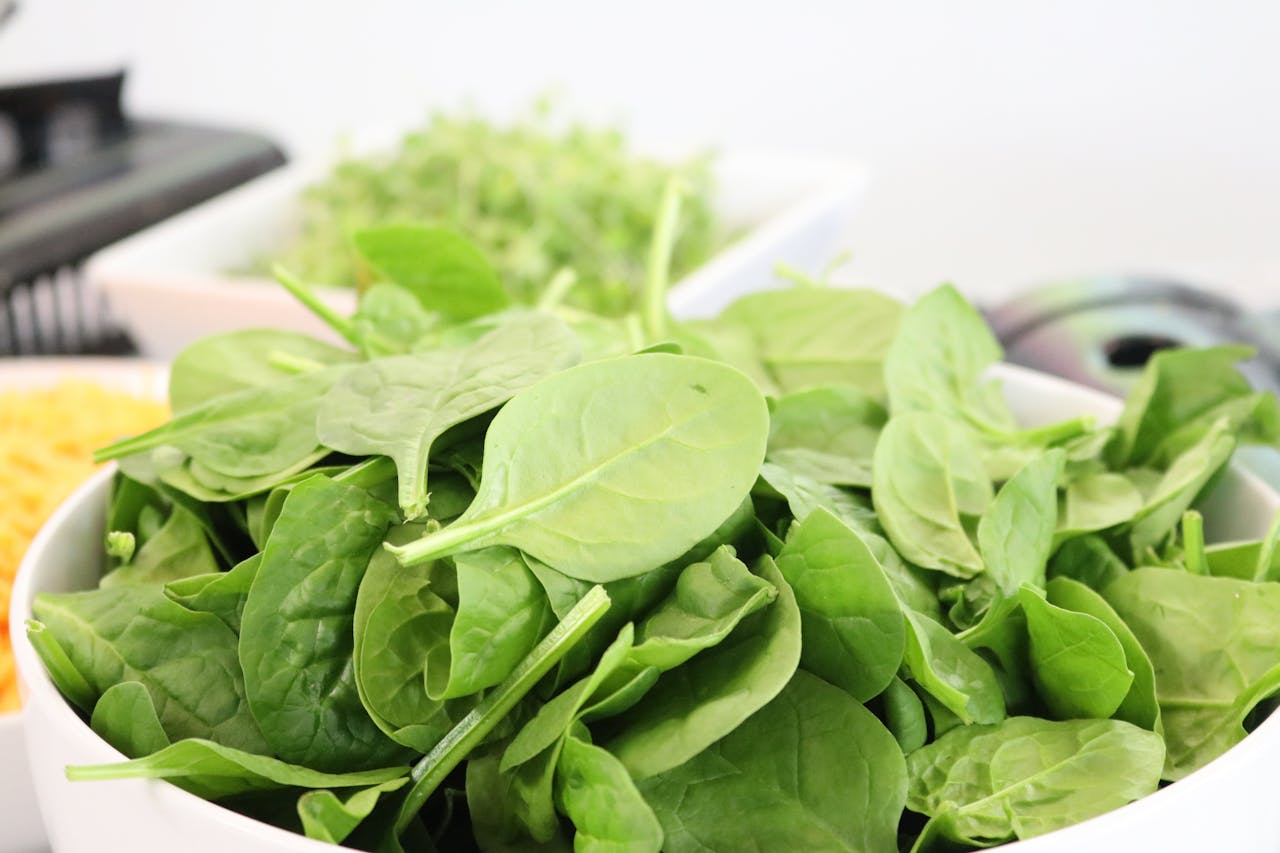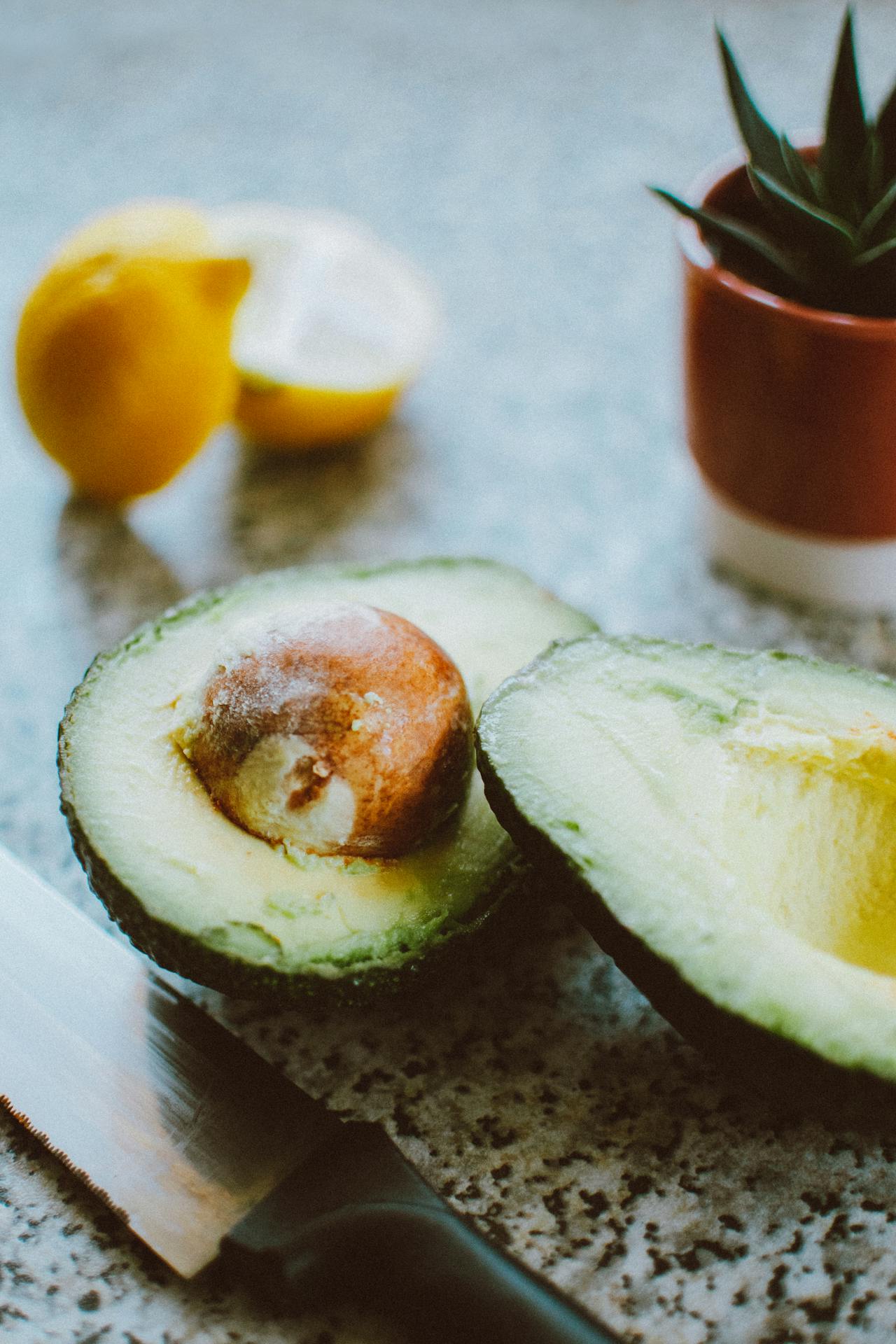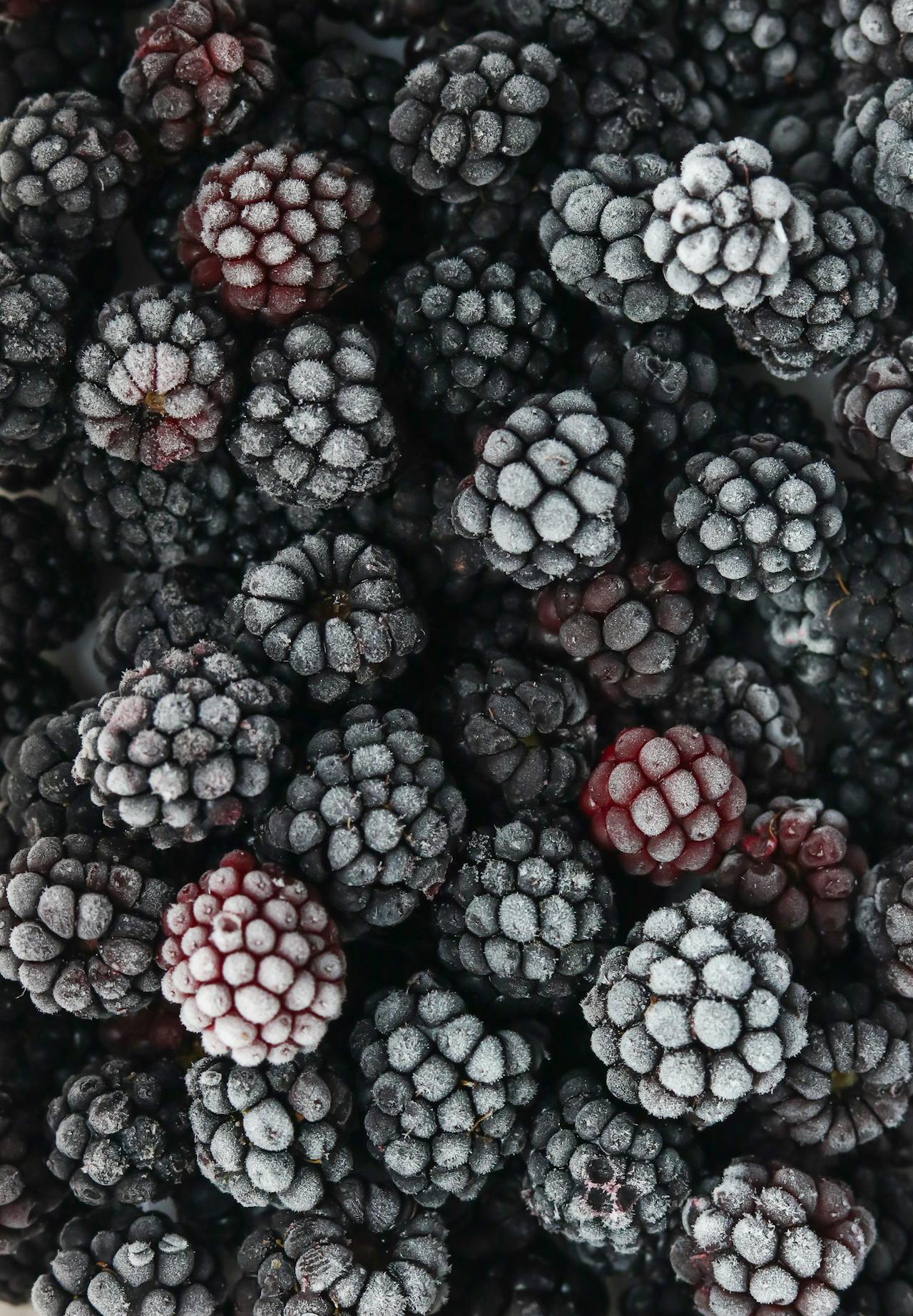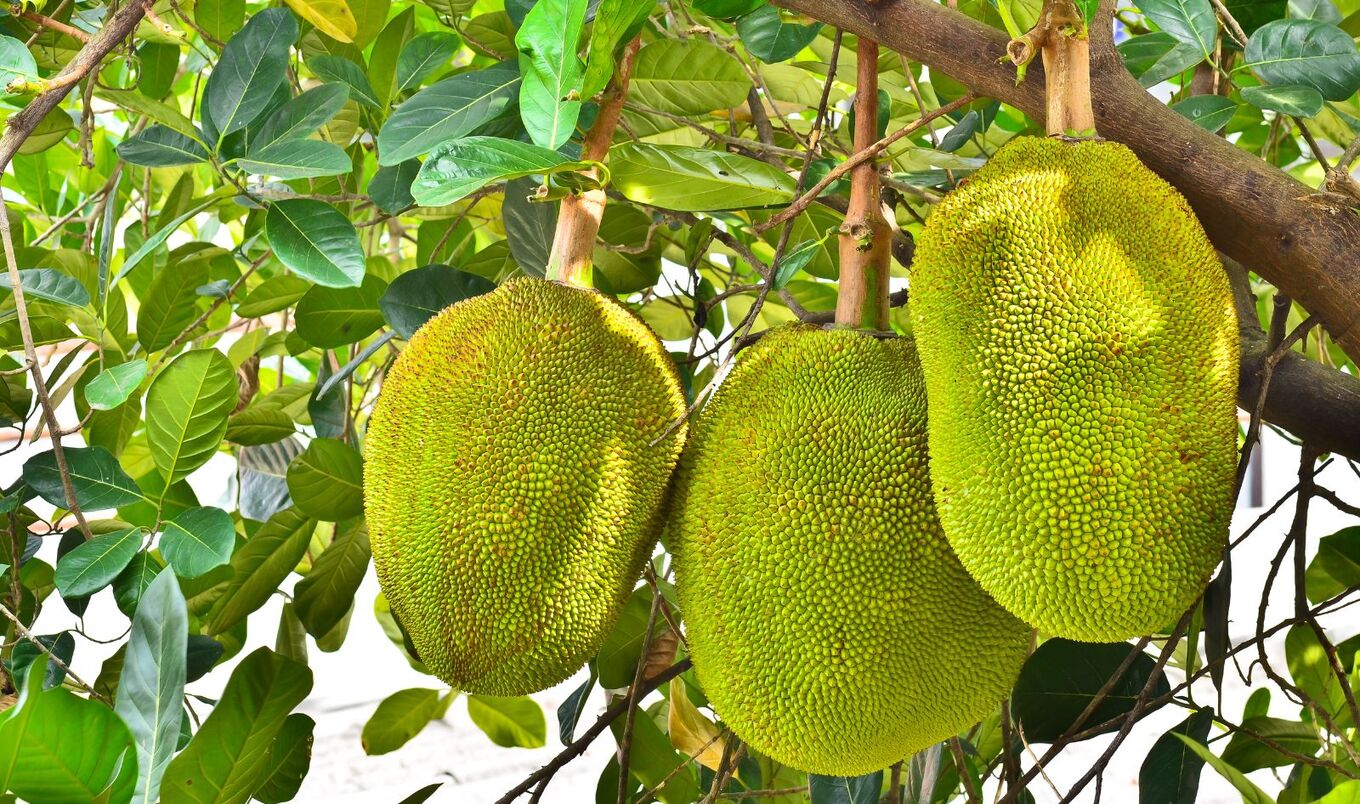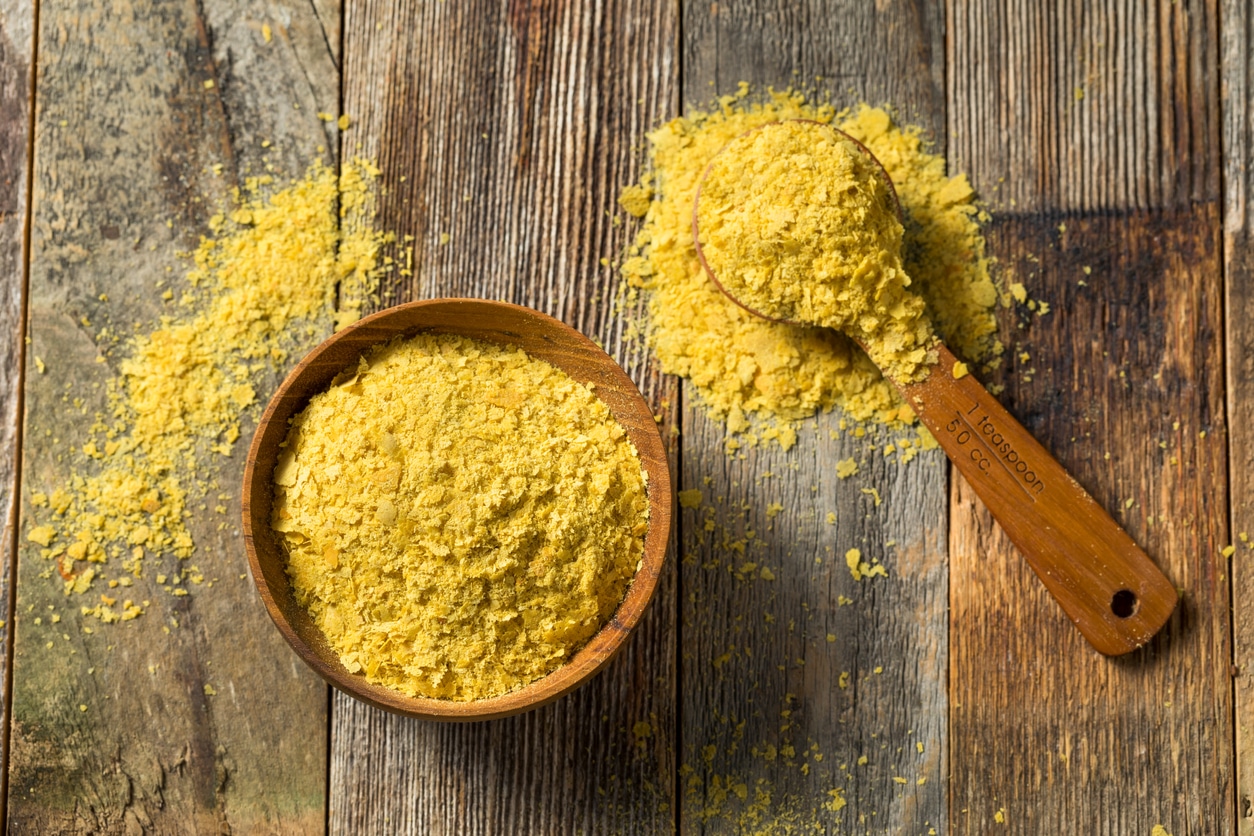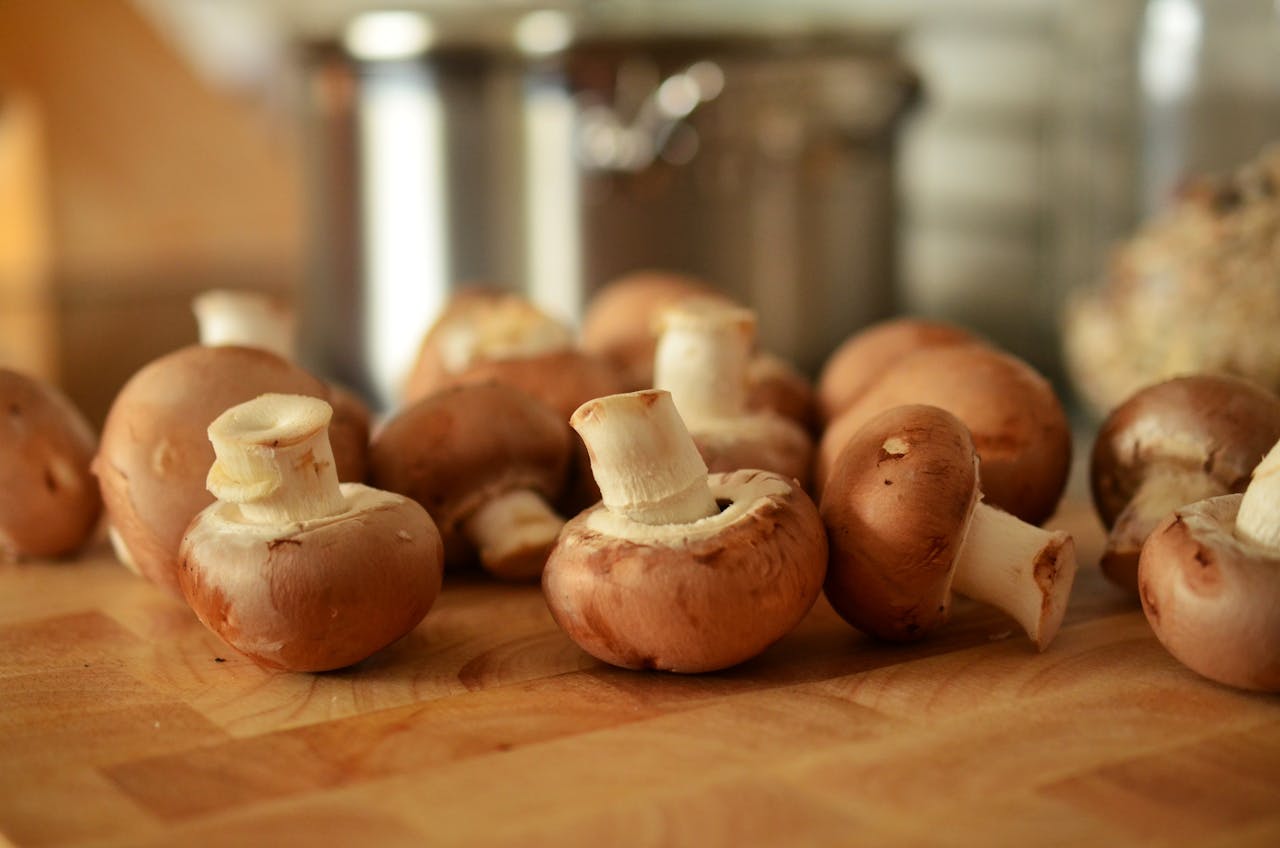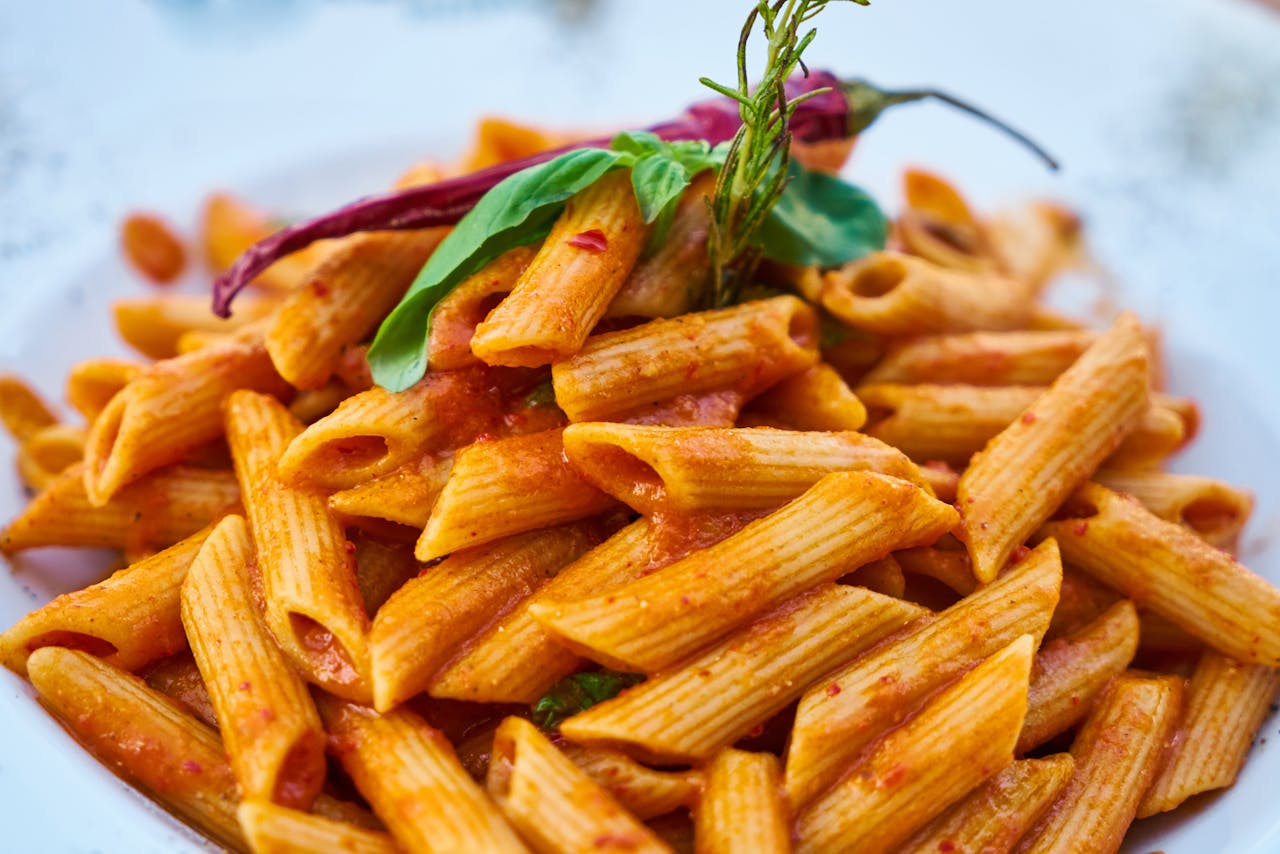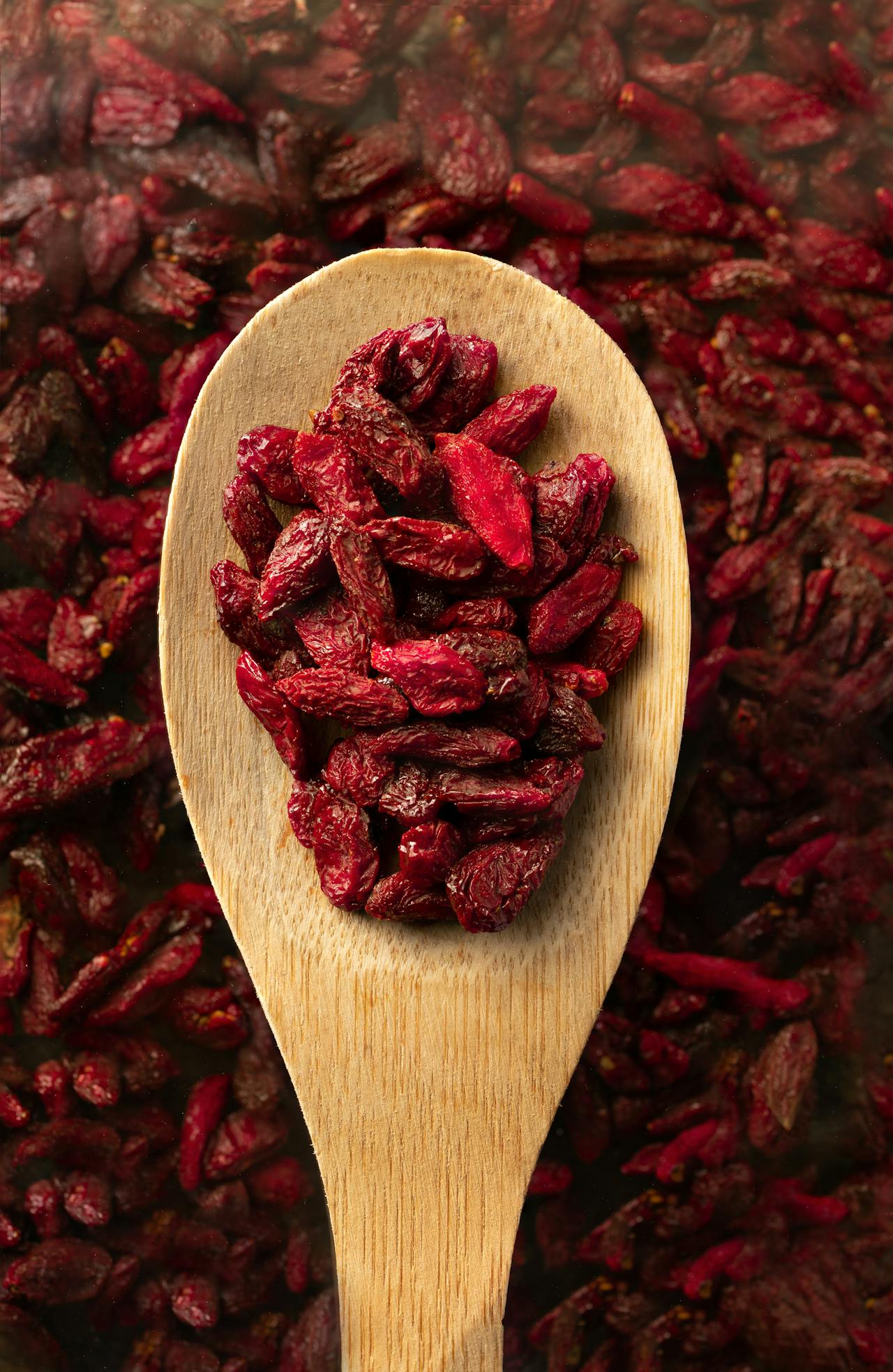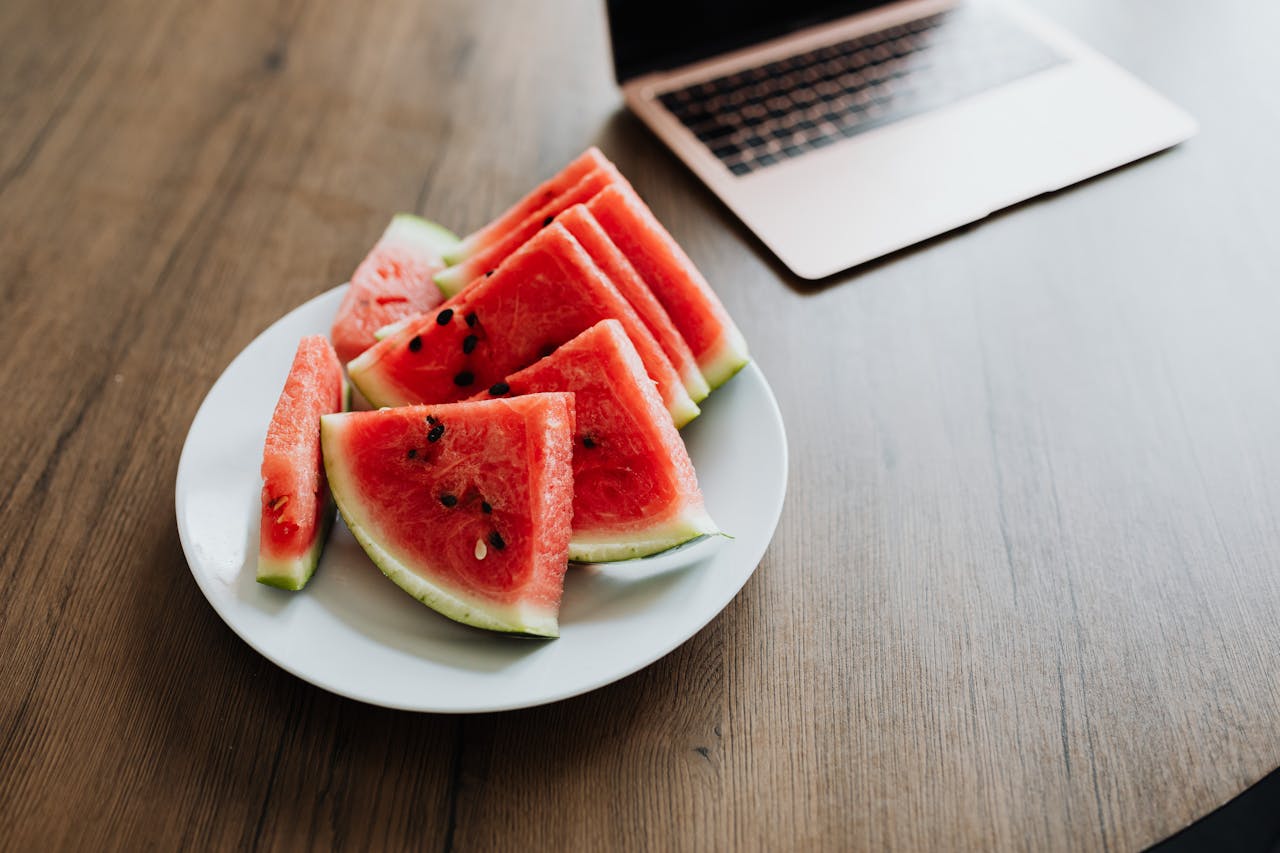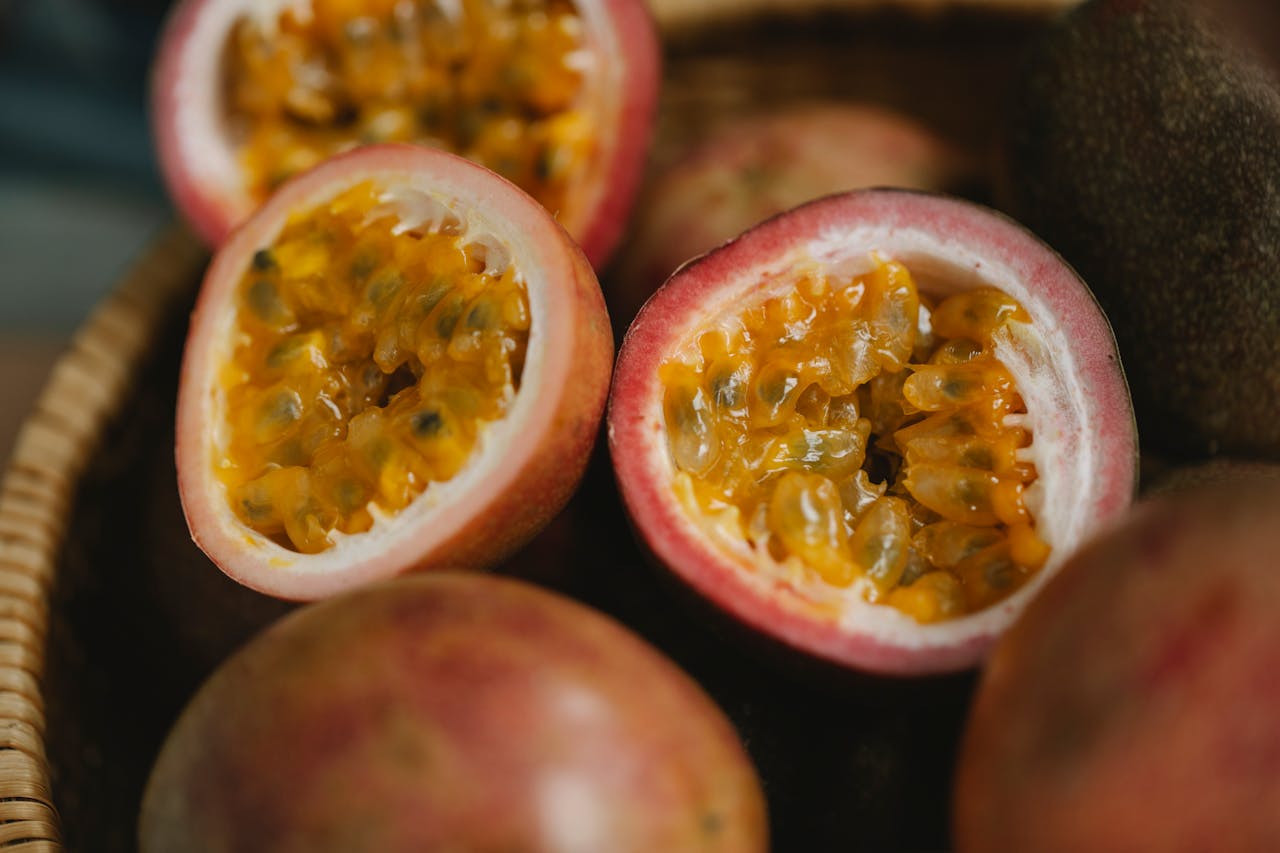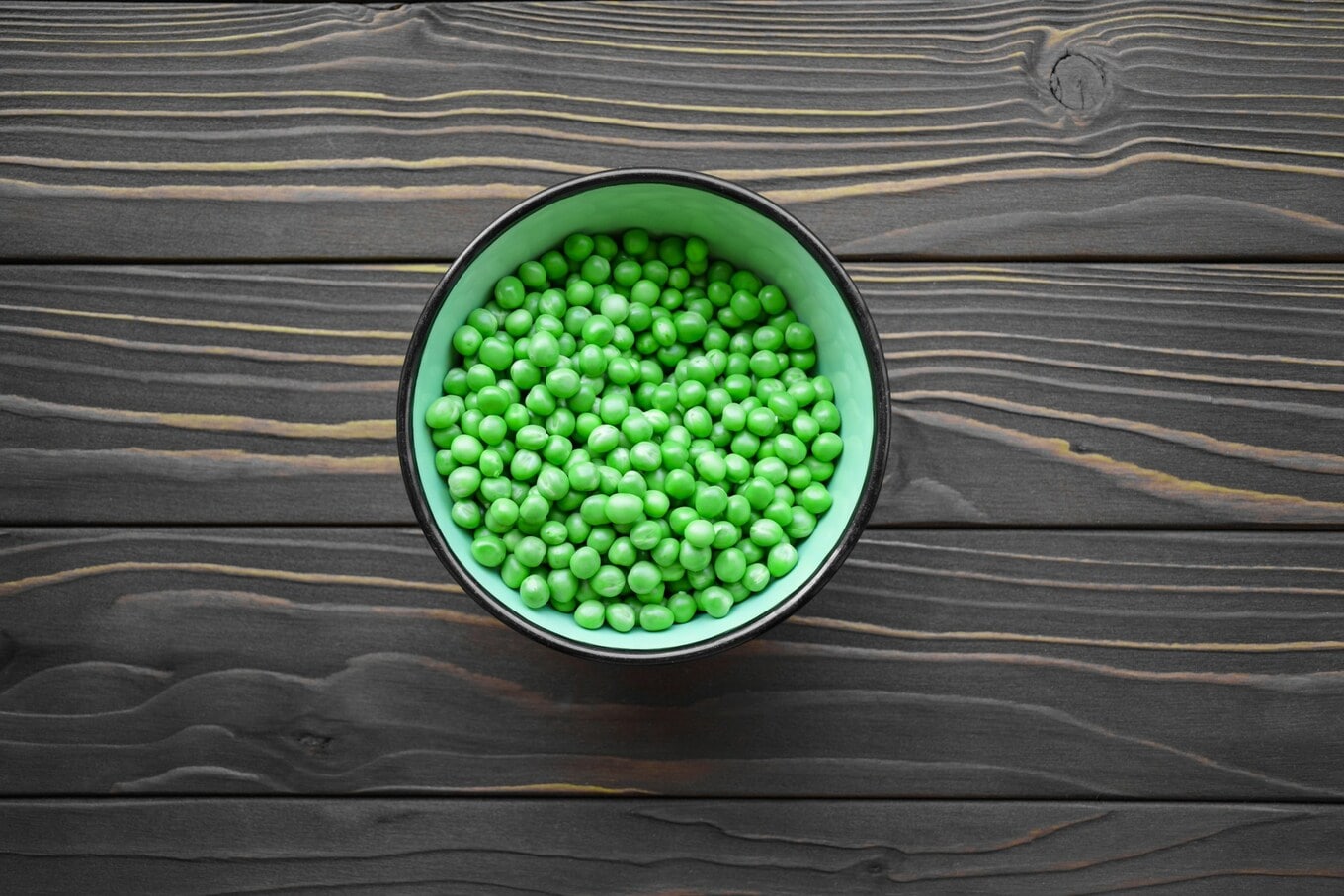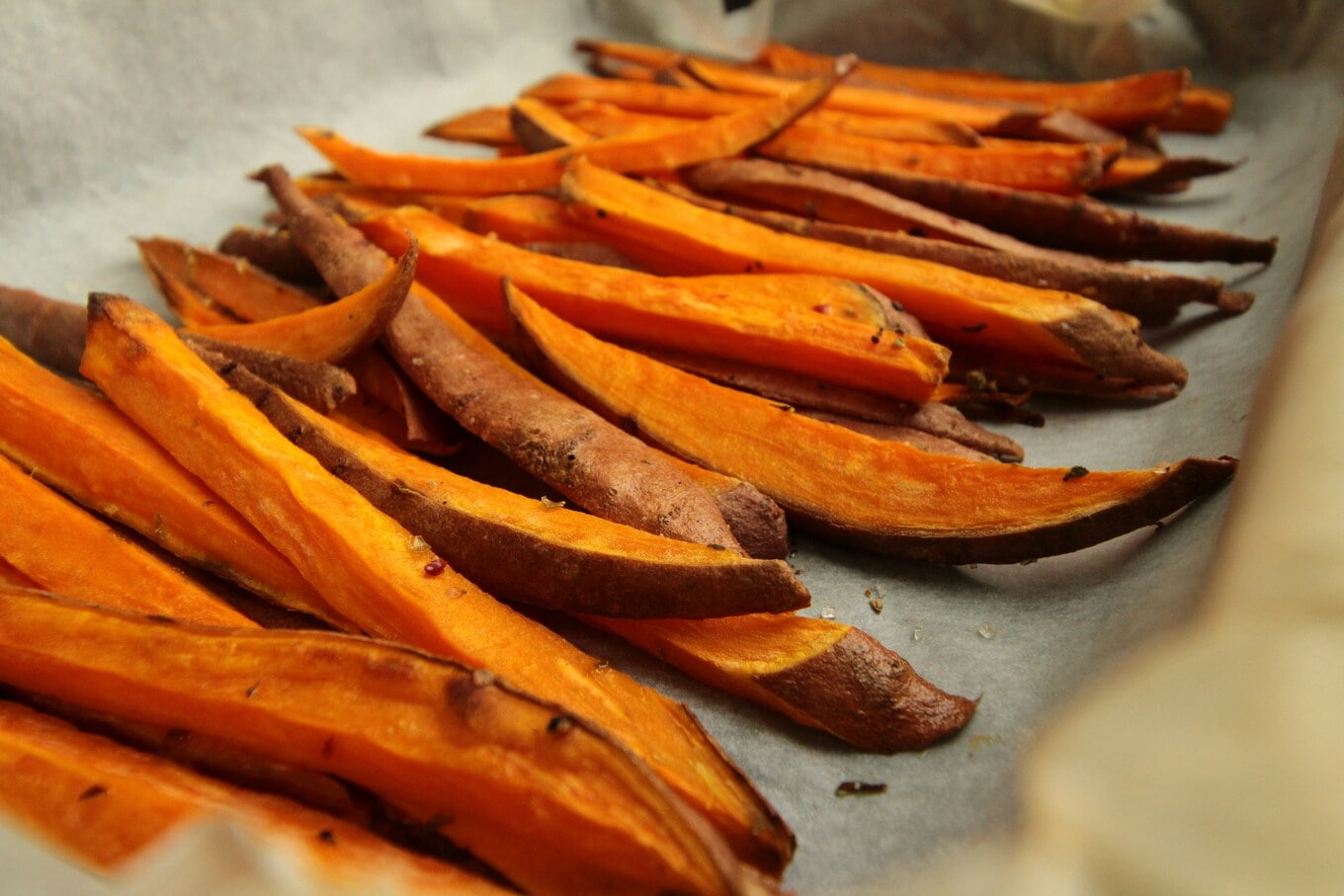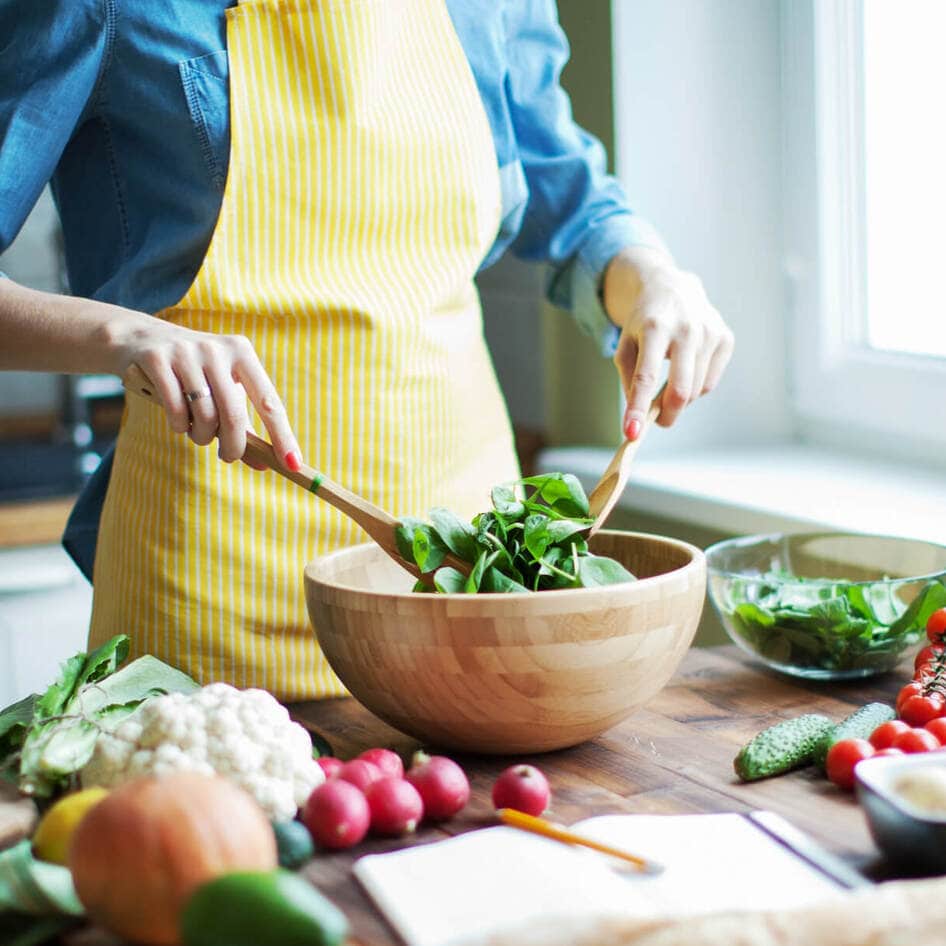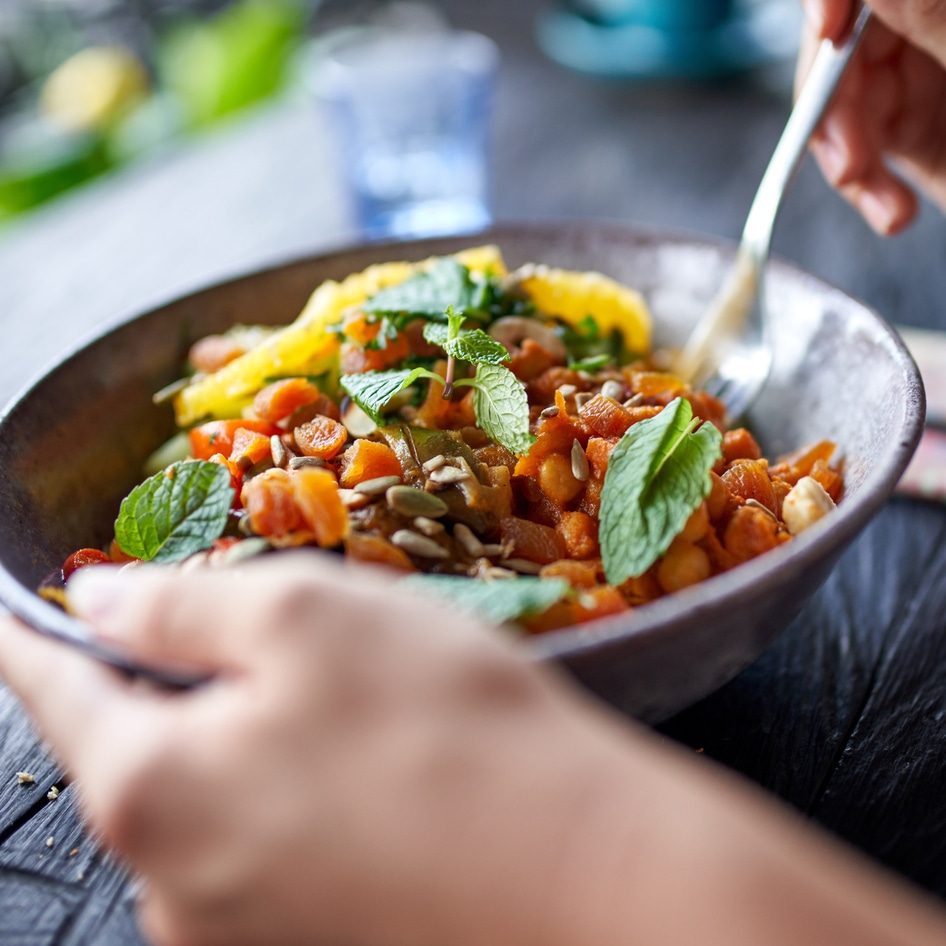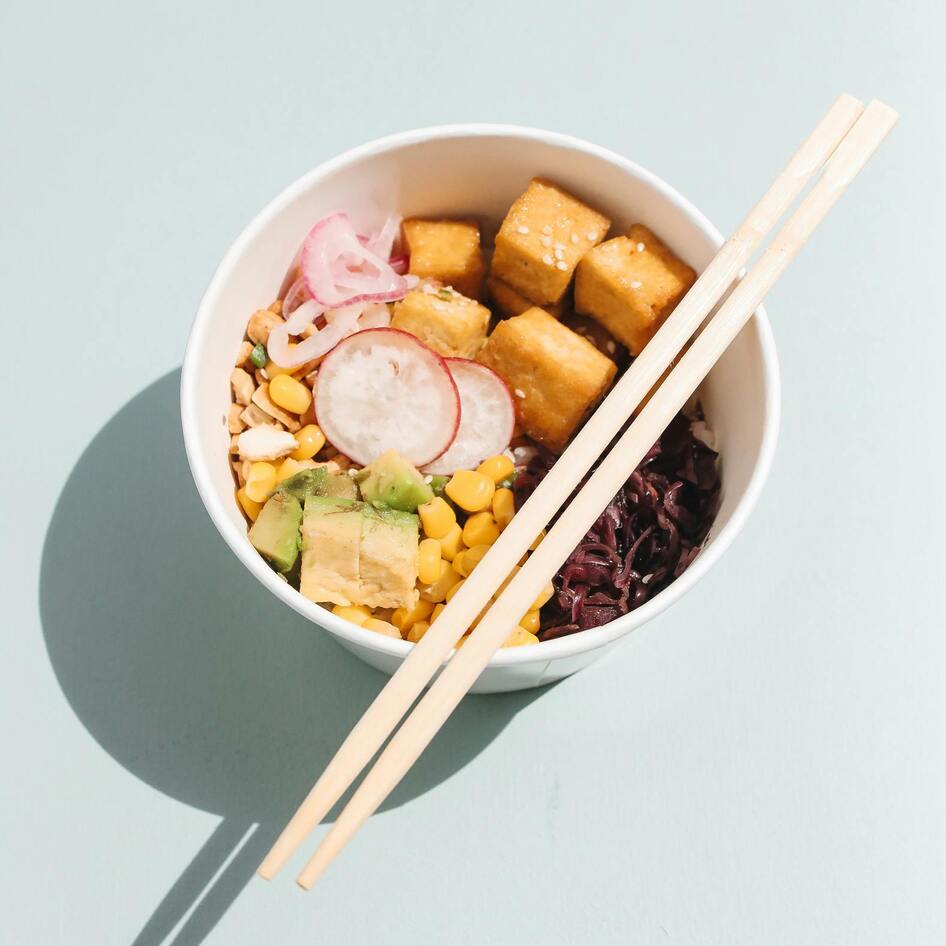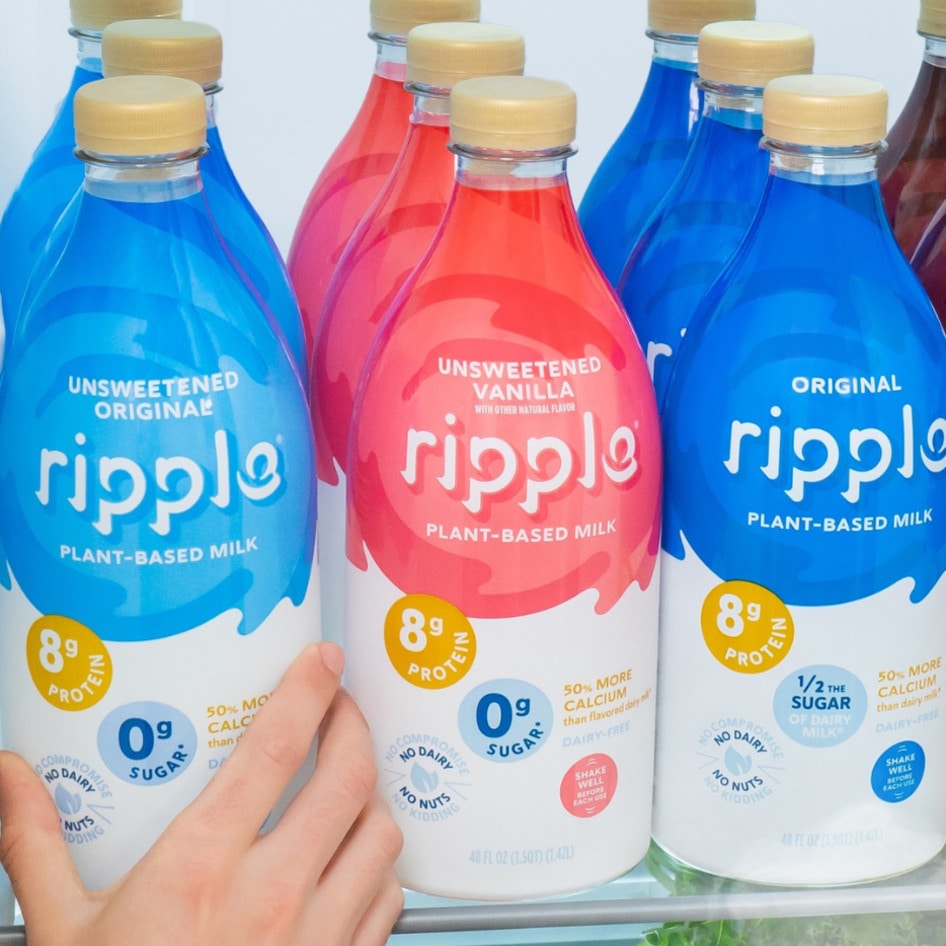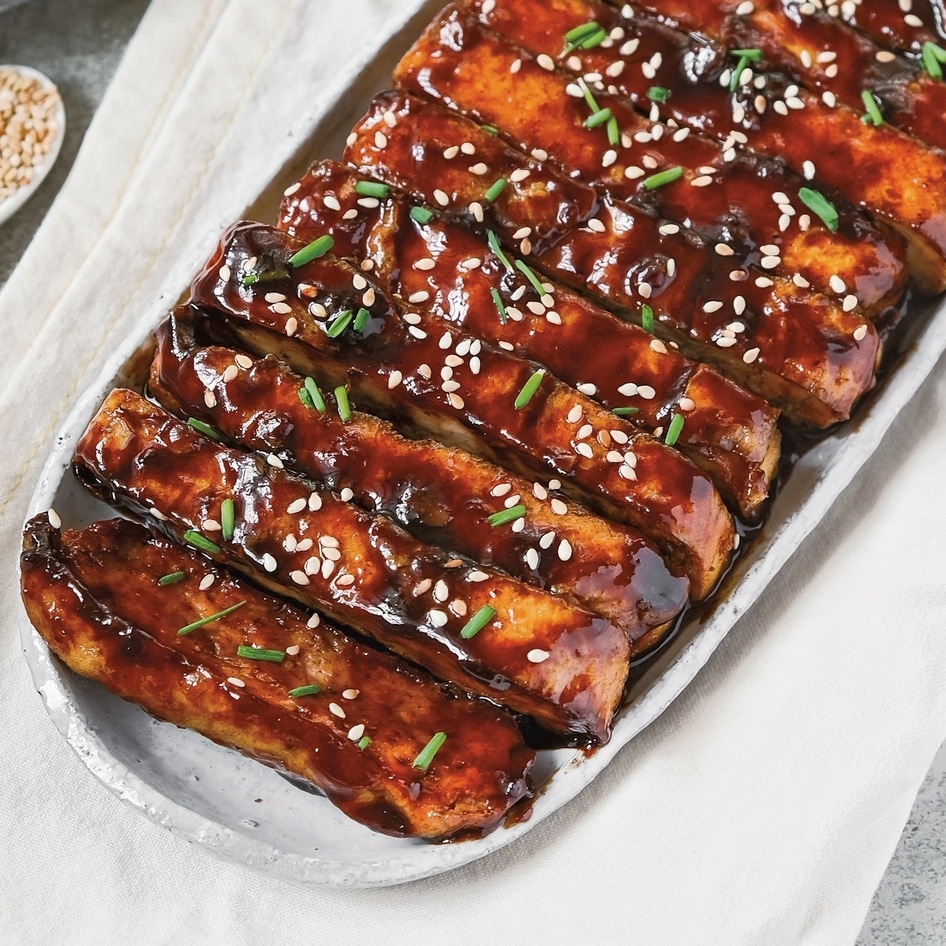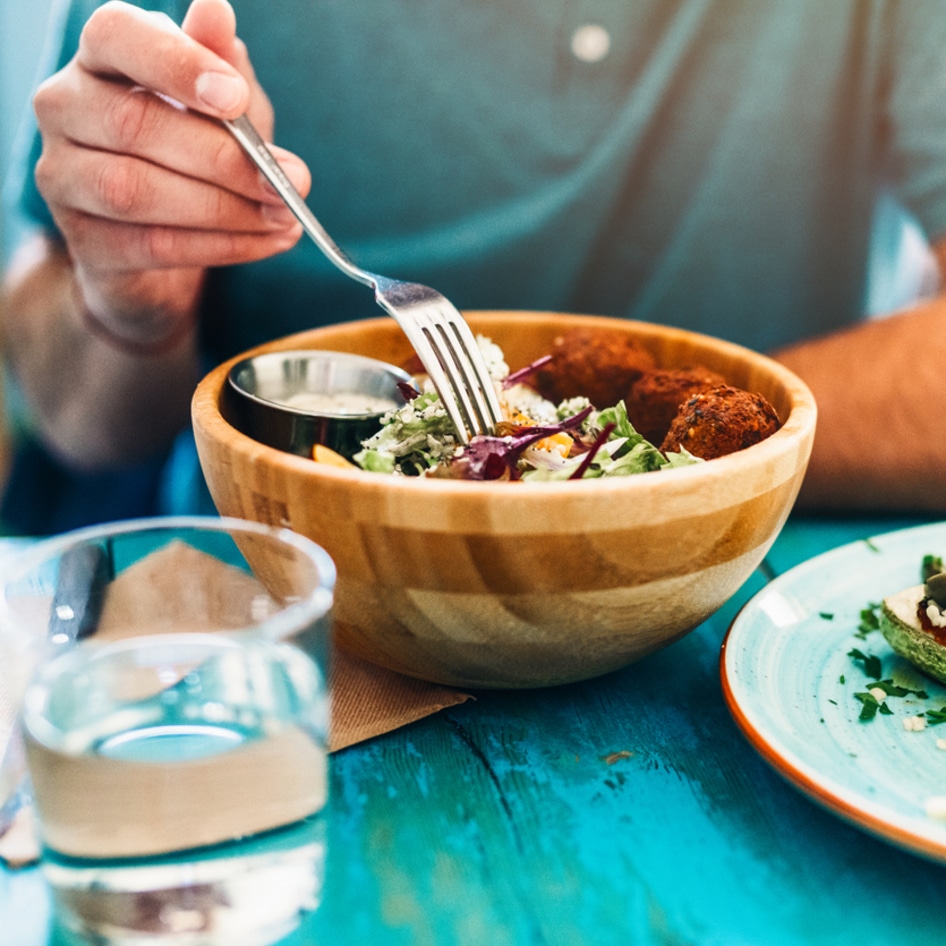Protein is found in a wide variety of foods, not just in meat, which is often the first source that comes to mind. This essential nutrient supports muscle growth, bone strength, immune function, and more. While animal products are well-known for their high protein content, many plant-based foods also deliver a powerful punch.
Take the Beyond Burger, for example. This popular pea protein–based alternative offers around 21 grams of protein per patty, which is comparable to a traditional beef burger. Tofu, beans, and legumes are also excellent plant-based protein sources.
But protein can show up in some unexpected places, too. Guava, for example, contains more protein than many people realize. Other surprising sources include pasta, passionfruit, and mulberries. To learn more, we spoke with three nutrition experts: Federica Amati, PhD, MPH, MSc, RNutr; Elisa Bremner, MS, RDN, CDN; and Avery Zenker, RD, MAN.
Are plants a source of complete protein?
A complete protein contains all nine essential amino acids, which are the ones our bodies cannot produce on their own. While some plant-based foods like tofu, tempeh, edamame, and chia seeds qualify as complete proteins, many others do not provide high amounts of each essential amino acid. Still, most experts agree this is not a concern if you eat a well-balanced and varied diet.
“All plants contain all 20 amino acids, including the 9 essential ones, but in different proportions,” explains Amati, who serves as head nutritionist at the nutrition platform Zoe. “But by eating a diverse, whole-food plant-based diet across the day, you naturally get a good range without needing to overthink it.”
Zenker agrees and points out that eating a variety of plant-based foods does more than just support protein intake. “In general, it’s important to have a varied diet to obtain adequate nutrients, including protein, carbs, fats, fiber, vitamins, and minerals,” she says. “Eating a variety of plant foods also provides an array of polyphenols and antioxidants, which each have their own potential health benefits. The gut microbiome thrives on variety, and can become imbalanced with limited food input.”
15 unlikely protein sources
If you are looking to increase your protein intake while keeping your meals diverse and nutritious, we have listed some of the more surprising sources of plant protein below. Each one offers plenty of other health benefits as well.
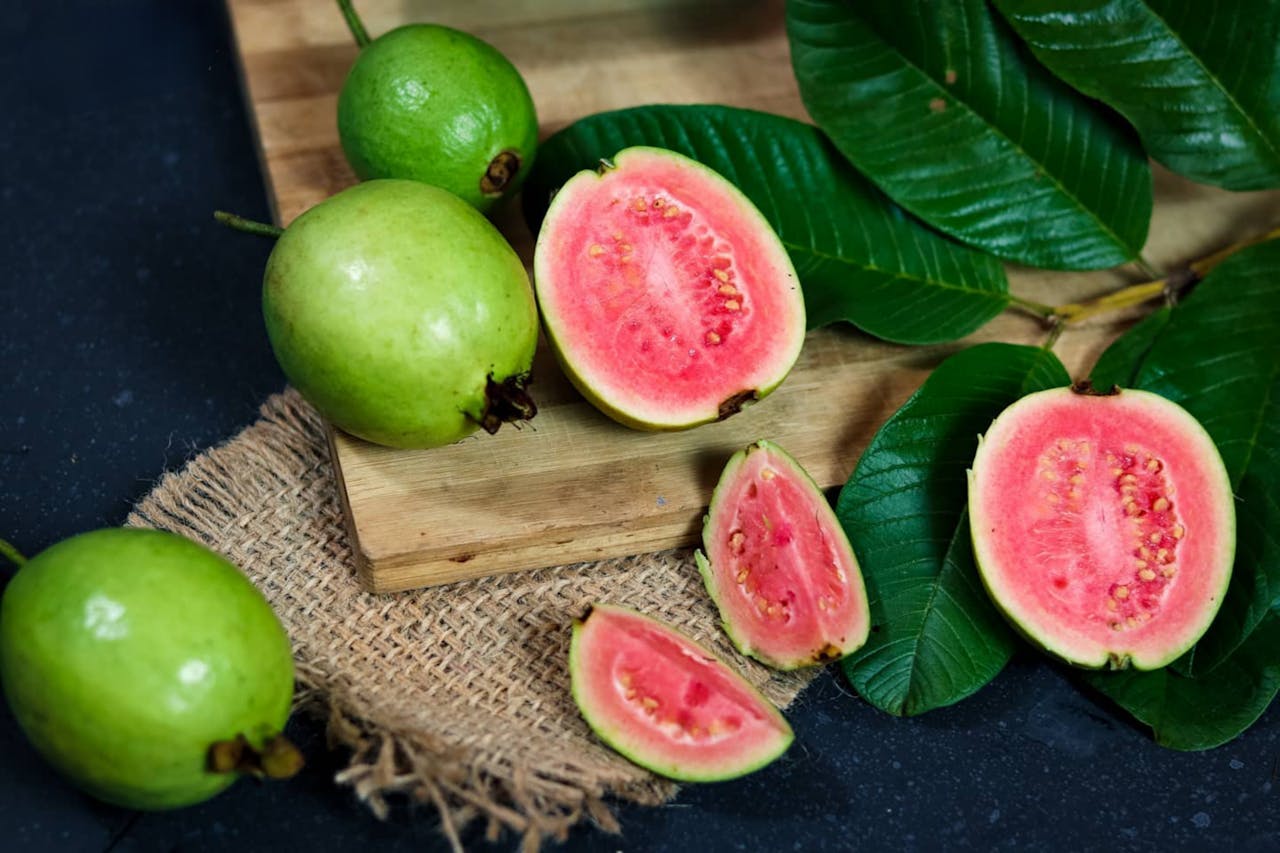 Pexels
Pexels
1 Guava
“A few fruits stand out for their higher-than-expected protein content,” says Amati. “Guava is a great one, with around four grams of protein per cup.” Guava is also packed with antioxidants, potassium, vitamin C, and fiber, too.
2 Spinach
“As veggies go, spinach is top, and it’s so easy to eat a lot (cooked down or in a smoothie) with minimal calories,” explains Bremner. Another superpower of spinach? Its vitamin K content. In fact, just one cup of cooked spinach provides more than 100 percent of the recommended daily intake of this vitamin, which helps with blood clotting and bone health.
3 Avocados
“Avocados are better known for their healthy fats and fiber, but they also contain a notable amount of protein,” says Amati. It’s true: a medium avocado contains around four grams of protein.
4 Berries
Berries probably aren’t the first food you think of when it comes to protein, but Zenker notes that you shouldn’t overlook mulberries and blackberries. “They contain about two grams of protein per cup (140 grams), which is only about 60 calories,” explains Zenker. “While it’s not very meaningful, it’s about the same amount of protein per calorie as almonds.”
5 Jackfruit
Jackfruit is a popular meat alternative because of its texture, which resembles pulled pork or shredded chicken when cooked. “Jackfruit not only adds texture to plant-based dishes but also contributes some protein, around three grams per cup,” explains Amati.
6 Nutritional yeast
Nutritional yeast is usually praised for its vitamin B12 content (if fortified), but it’s a protein source, too. “One of my favorite protein boosts is nutritional yeast,” says Bremner. “Not only does it make foods taste cheesy with hardly any sodium, it has two grams of protein per tablespoon.”
7 Mushrooms
“Mushrooms may not seem like protein sources, but they offer more than most people expect and come packed with additional nutrients,” explains Amati. One cup contains up to two grams of protein.
8 Pasta
“My most surprising high protein vegan food is pasta,” notes Bremner. “Explore Cuisine makes two versions, made from black soybeans or mung and edamame, that each have over 40 grams of protein per serving.” Interested in high-protein pasta dishes? Check out some of our favorites here.
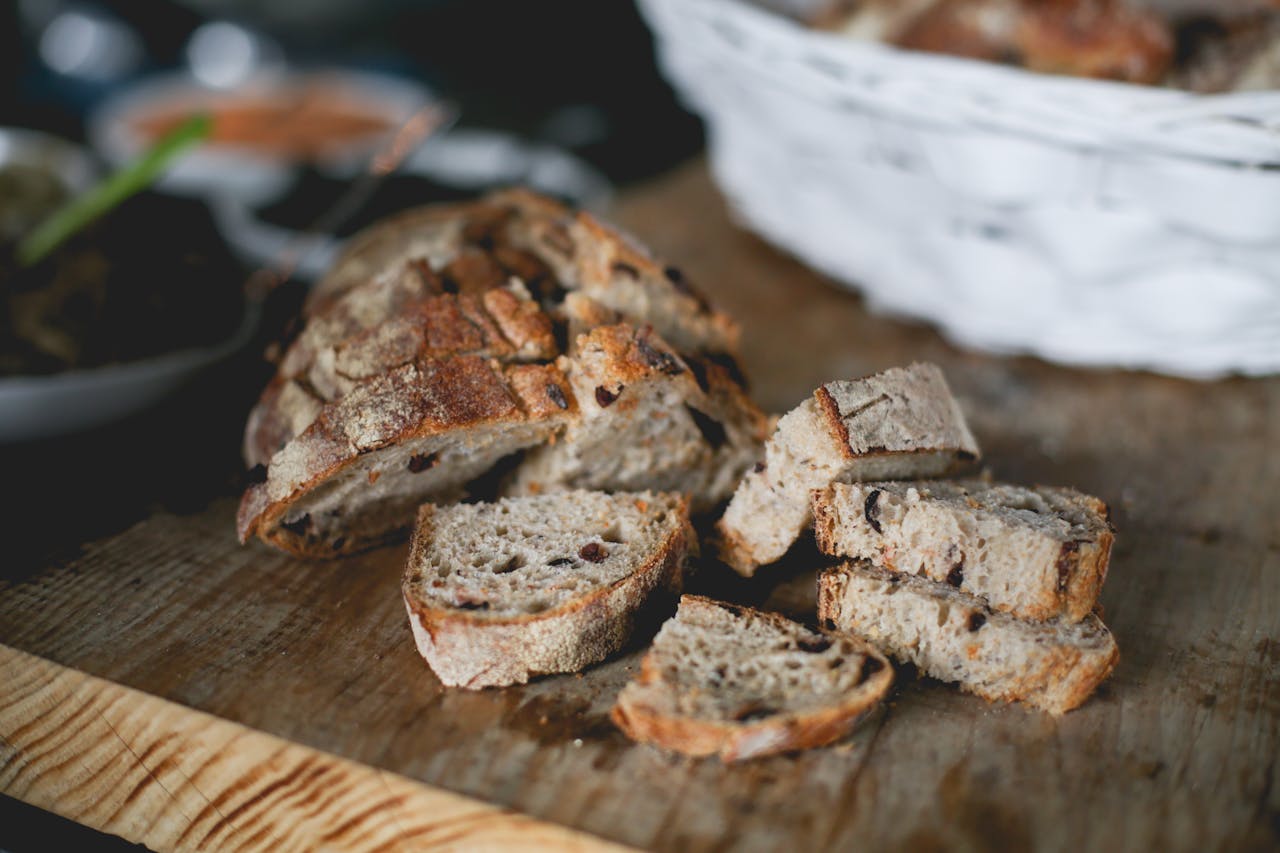 Pexels
Pexels
9 Sprouted bread
“You may be surprised to know that bread, in particular sprouted bread, has a fair amount of protein,” says Bremner. You can also find some of our go-to high-protein bread recipes here.
10 Goji berries
“Dried goji berries contain about 8.2 grams of protein per 200 calories, which is just over half a cup serving,” notes Zenker. On top of that, they offer antioxidants, fiber, vitamin C, potassium, and iron.
11 Watermelon seeds
Chia and hemp seeds get a lot of attention for their protein content, but watermelon seeds deserve some too. “One ounce of watermelon seeds has eight grams of protein, which is more protein than one ounce of almonds (six grams),” says Zenker.
12 Passion fruit
“One cup (236 grams) of passion fruit contains about 5.3 grams of protein and 230 calories,” notes Zenker. “This is similar to the amount of protein in white rice or potatoes.” Passion fruit is also renowned for its vitamin A content, and it’s a good source of vitamin C, potassium, magnesium, calcium, and antioxidants.
13 Frozen peas
Got a bag of peas chilling in your freezer? Whip them out when you want to increase the protein content of a dish, says Zenker. “Frozen peas are widely available and usually treated like a vegetable,” she explains. “However, they are one of the highest protein vegetables. One cup of frozen peas contains about seven to eight grams of protein. They can be a great way to boost the protein content of a meal in addition to other foods that contain protein.”
 Unsplash
Unsplash
14 Pea milk
Next time you’re making an iced latte, try using pea milk. “It contains about eight grams of protein per cup, which is similar to the amount in soy milk or cow’s milk,” says Zenker.
15 Sweet potatoes
“Even sweet potatoes, often thought of mainly for their carbohydrates, contain protein,” says Amati. Each one has about two grams. They’re also rich in beta carotene, fiber, potassium, and vitamin C.
For more plant-based stories like this, read:
JUMP TO ... Latest News | Recipes | Guides | Health | Subscribe
Here at VegNews, we live and breathe the plant-based lifestyle, and only recommend products we feel make our lives amazing. Occasionally, articles may include shopping links where we might earn a small commission, but in no way does this effect the editorial integrity of VegNews.
